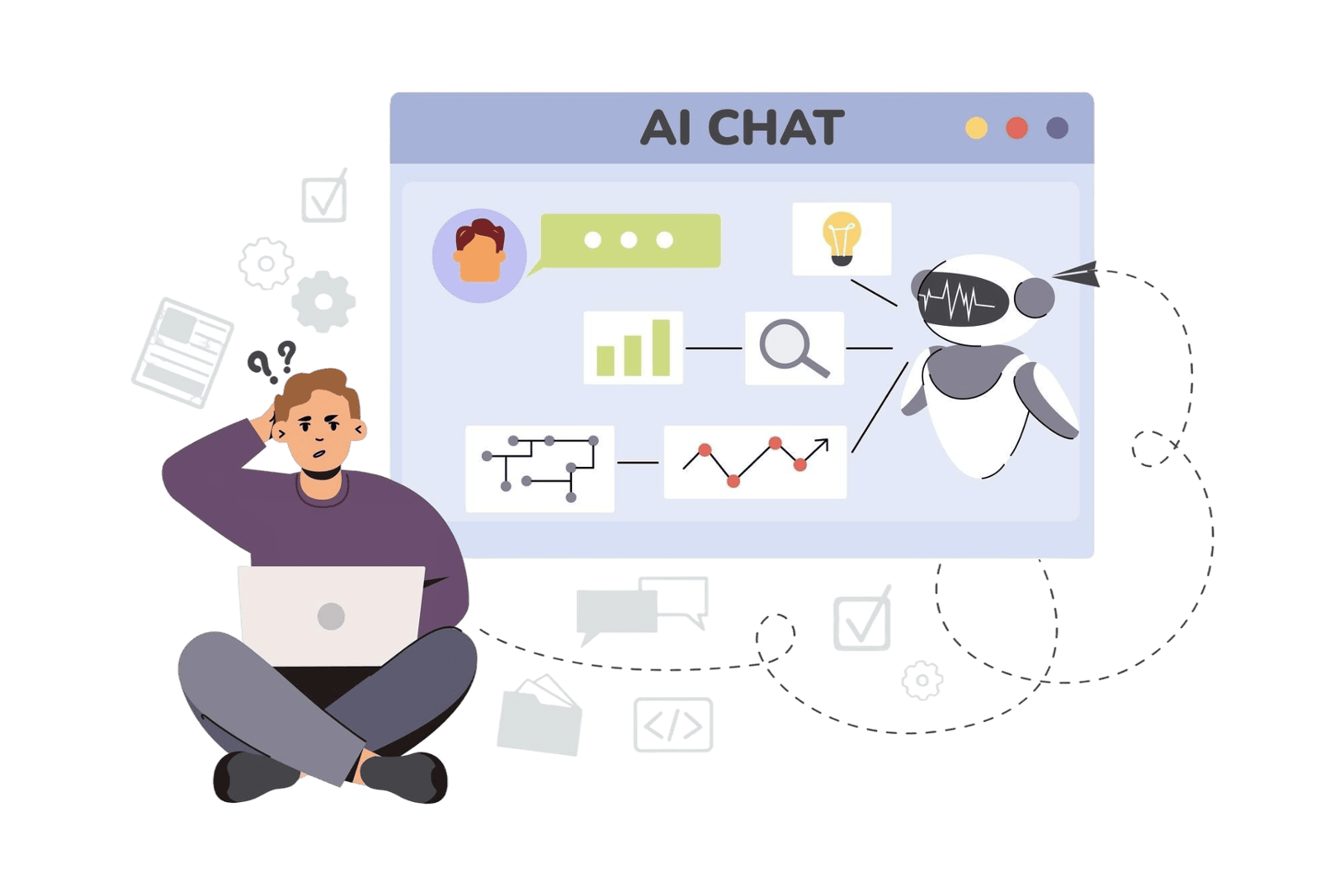
We use AI every day, so why aren’t we teaching students to do the same?
Using AI Isn’t Cheating, It’s Reality
Whether you are a course creator, an educator or part of an organisation designing assessments, there’s a conversation we need to have: are we setting our learners up for success in a world where artificial intelligence (AI) is part of their everyday tools?
We often associate AI with academic dishonesty. But what if that framing is holding us, and our students, back?
Let me explain.
When I studied at the Queensland University of Technology (QUT), their slogan was “the university for the real world.” And they meant it. In one of my accounting exams, we were allowed to bring in an A4 sheet filled with any formulas or equations we wanted.
The reason?
No real-world accountant would be expected to recall every formula from memory, they would reference a resource or Google, and now, use AI.
That exam wasn’t about recall. It was about application.
And that’s the shift we need to make in our own assessments. Moving away from memory drills, and toward how well students use the tools around them to solve real problems.
Prefer to watch rather than read? Watch the above video instead.
Prefer to watch rather than read? Watch the above video instead.
Would You Start from Scratch in the Workplace?
Think about it: in your current job (or your business), would you be expected to write content, build a plan or solve a problem completely from scratch?
Unlikely.
You would use AI to brainstorm ideas, map out steps, refine content, automate workflows - and do it faster, better and more efficiently.
And the same will be expected of your students in their future workplaces.
So, why are we asking them to manually complete work in isolation, without the tools they will actually have available to them?
Shouldn't assessments reflect the world they're about to enter?
Integrating AI into Assessments (Without Losing the Learning)
Now, let’s get practical. How can you bring AI into your assessments without undermining their integrity?
Here are three example assessment approaches that embrace AI while still reinforcing critical thinking, creativity and ethical decision-making.
1. Compare and Contrast: Human vs AI Thinking
Task: Ask students to respond to a challenge or prompt using their own knowledge. Then, have them ask the same question to an AI tool (e.g., ChatGPT).
Reflection: They will compare both responses. What did AI do better? Where did it fall short? What would they change or merge between the two?
Outcome: This teaches students how to use AI as a collaborator, not a crutch. It encourages reflection on strengths, weaknesses, and the creative process.
2. AI Integration in Everyday Tasks
Task: Have students choose a task they regularly perform (studying, planning or researching) and integrate an AI tool into that task.
Examples:
- Use ChatGPT to create a study plan
- Use AI video tools to generate visual summaries
- Use smart planners or AI-assisted research tools to streamline workflows
Outcome: Students learn to embed AI tools into their everyday habits, just like professionals do.
3. Teach Us: The Ethics and Usage of AI
Task: Students create a mini tutorial on how they used an AI tool (e.g. ChatGPT, Canva’s Magic Design, Jasper) for a specific purpose.
Add-On: They must also identify when not to use AI, highlighting situations where human judgment, privacy or critical thinking take priority.
Outcome: This develops both technical and ethical literacy, empowering students to use AI responsibly.
Start Small, Stay Relevant
These assessments don’t need to be complex. The goal isn’t to teach the entire AI landscape. It’s to help students:
- Understand how AI can support their thinking
- Reflect on their own process
- Learn to use technology ethically
- Prepare for the world beyond the classroom
And just like with any instructional design decision, the key is relevance. Assessments must be meaningful, not just for your field, but for your learners' future.
Let’s Keep the Conversation Going
So, what’s your take?
Should AI be allowed in student assessments or is it a line you’re not ready to cross?
Drop your thoughts in the comments, I want to know how you are navigating this new world of learning.
Free Resource: 10 Common Mistakes in Course Creation
Want more practical strategies for designing modern, relevant and engaging online courses?
Download my free eBook: “10 Common Mistakes in Course Creation”
It includes tips on aligning learning with real-world application, integrating tech tools and designing for engagement from day one.



